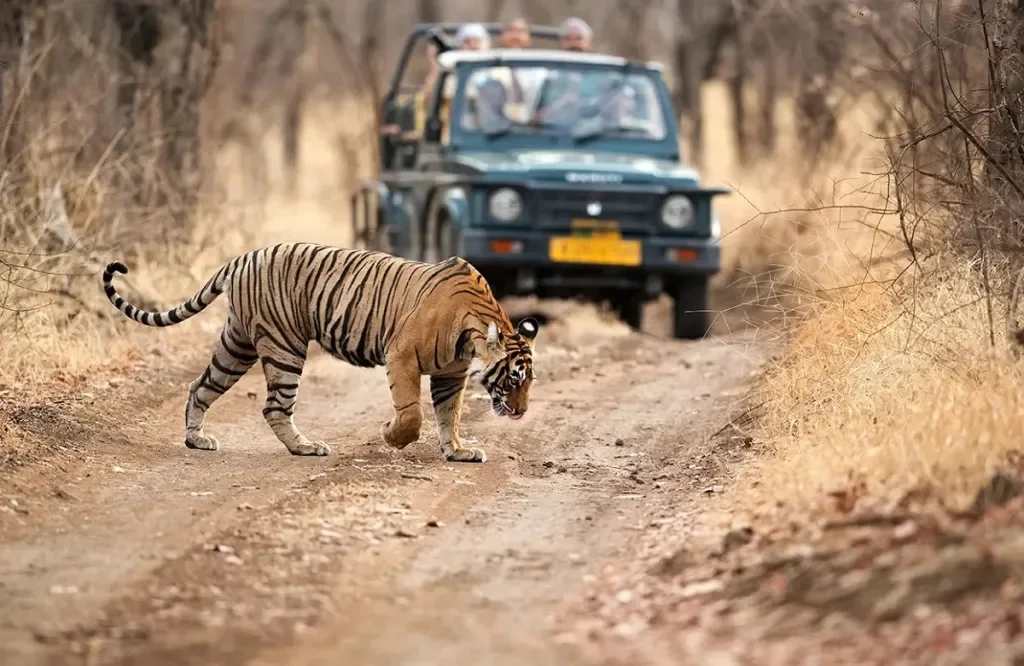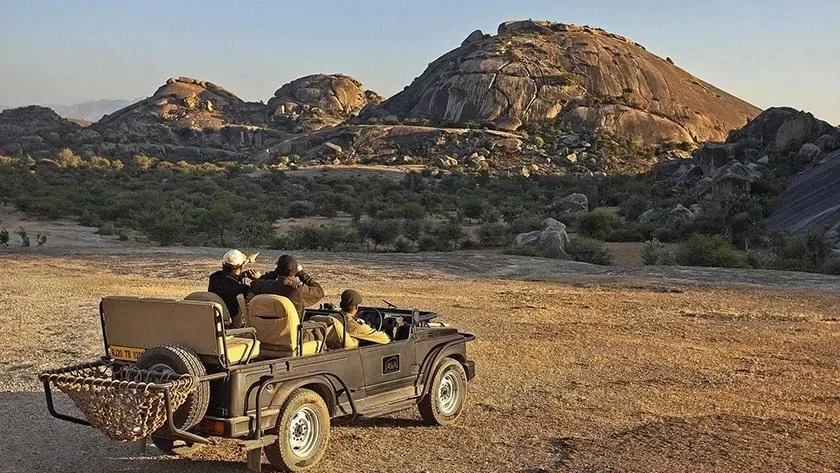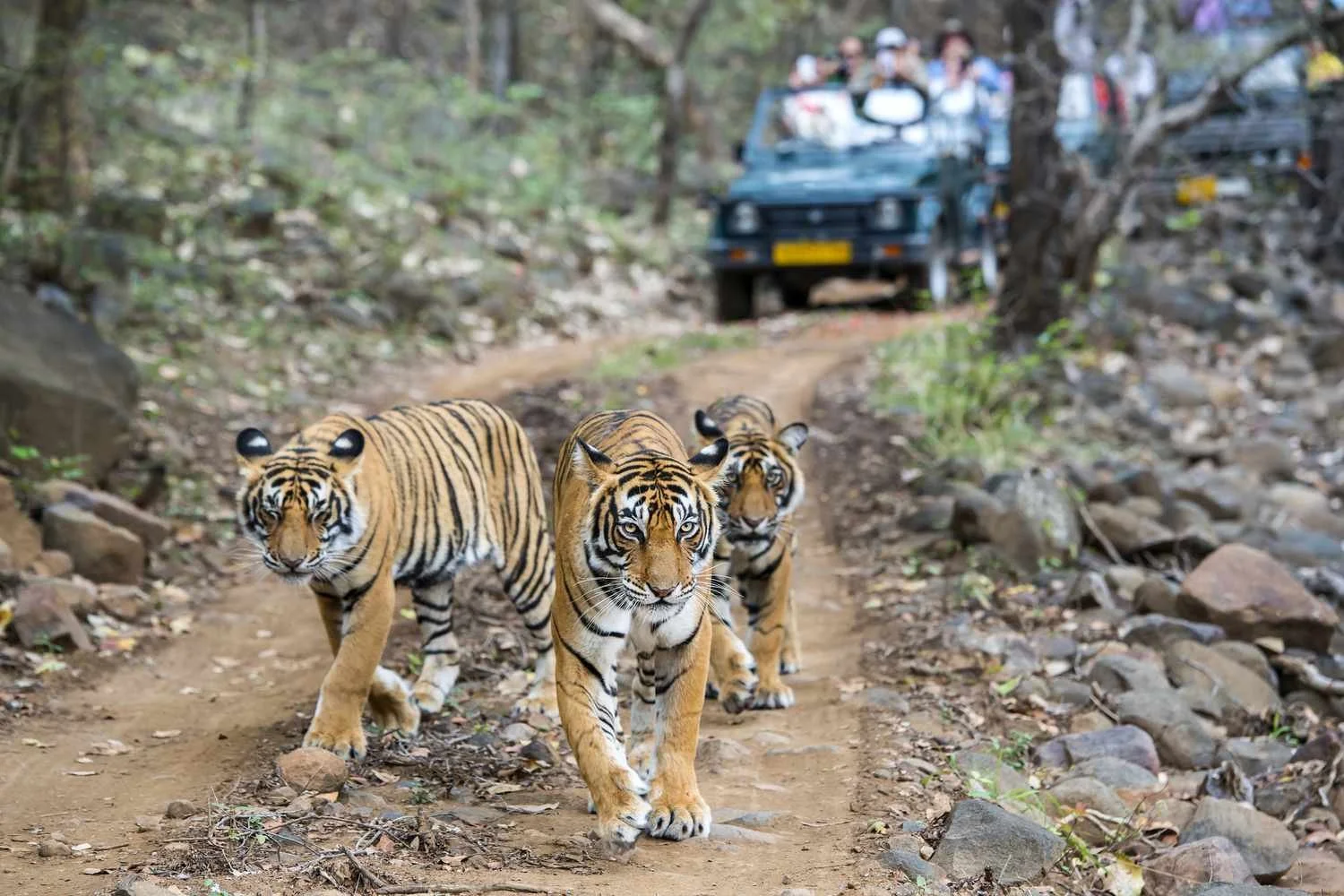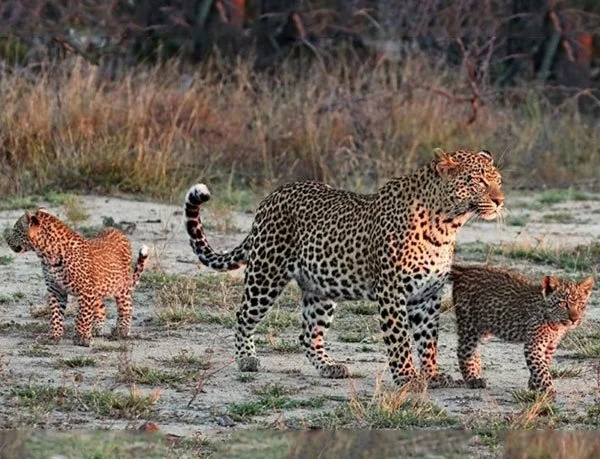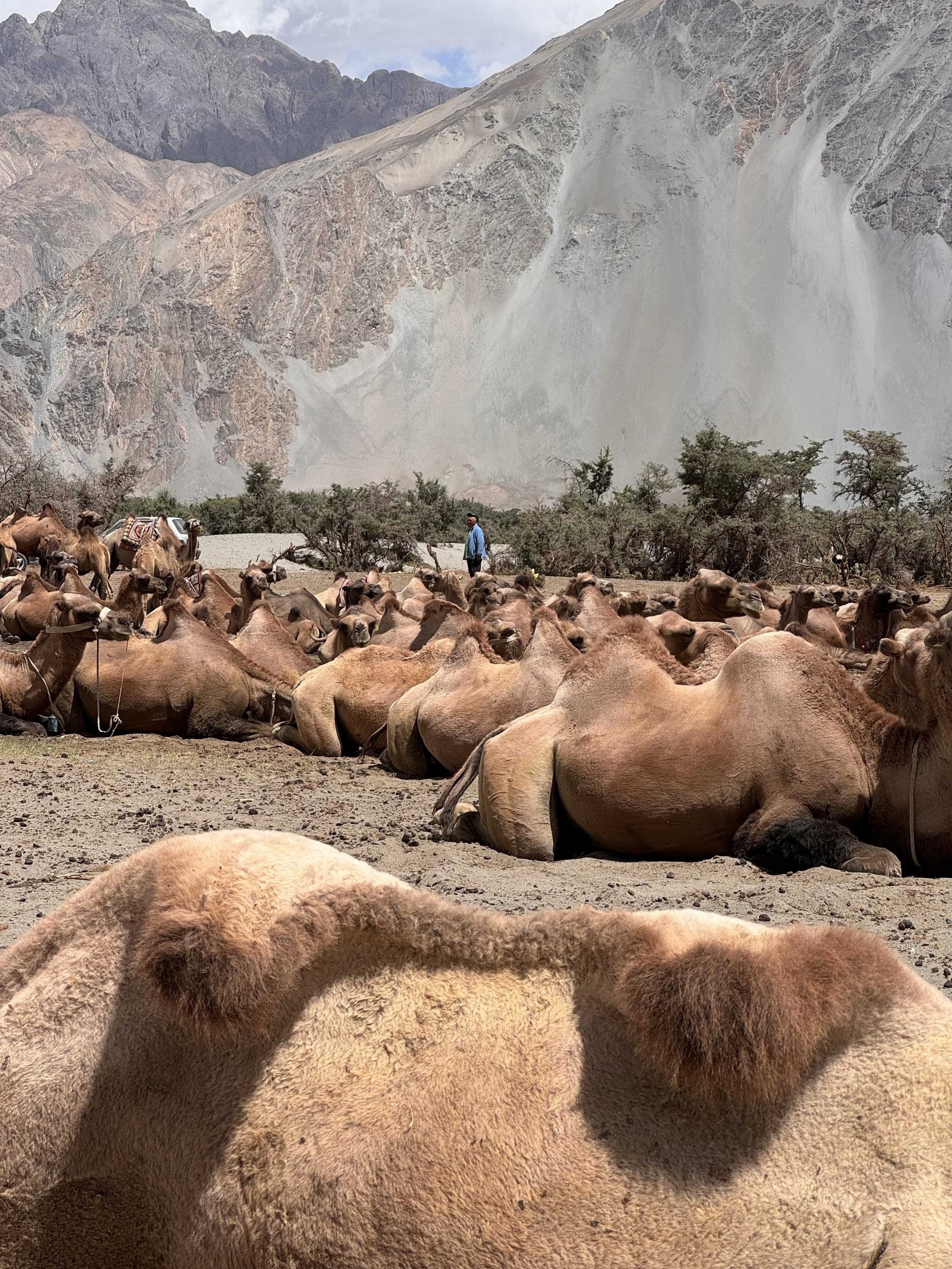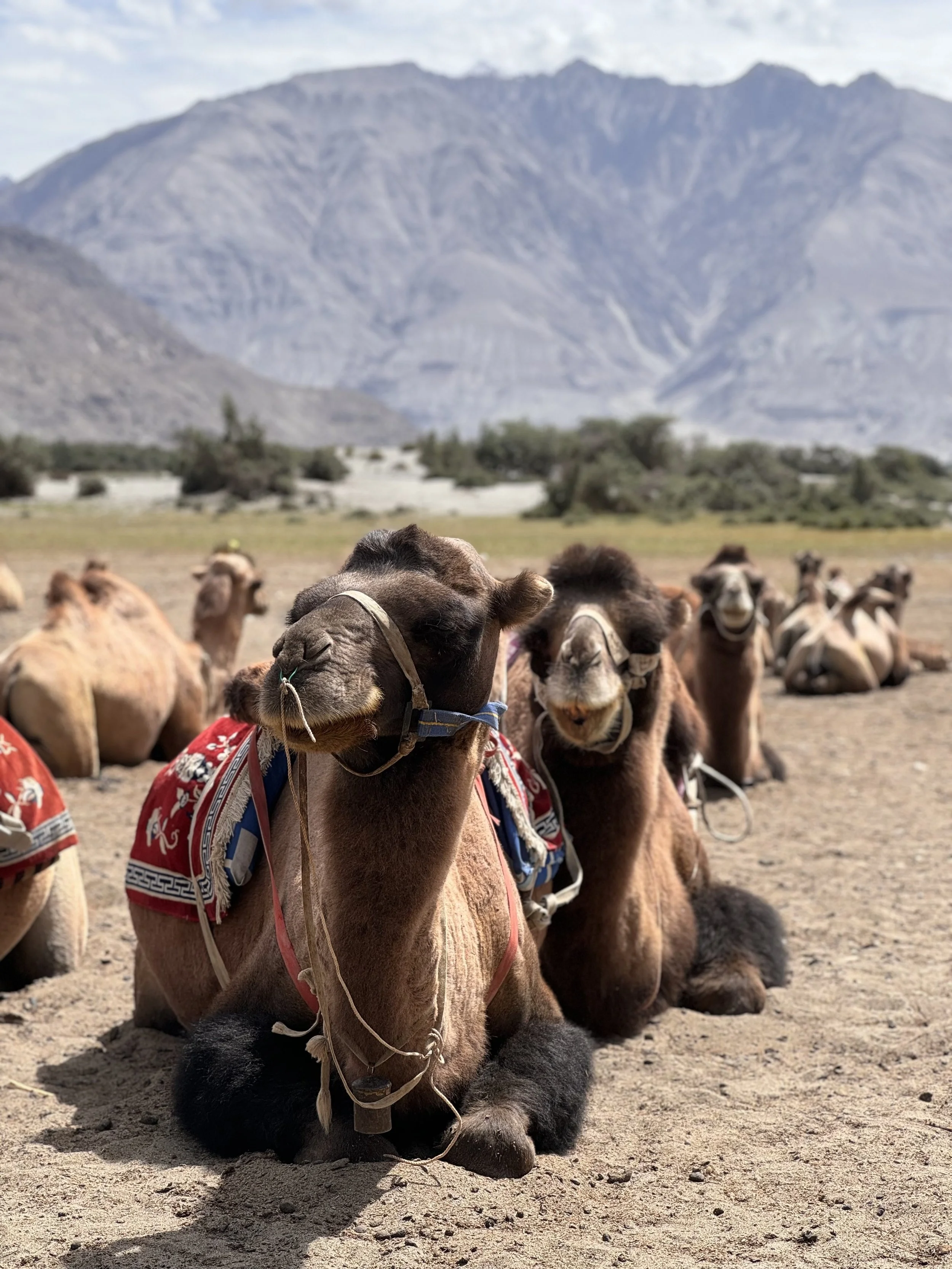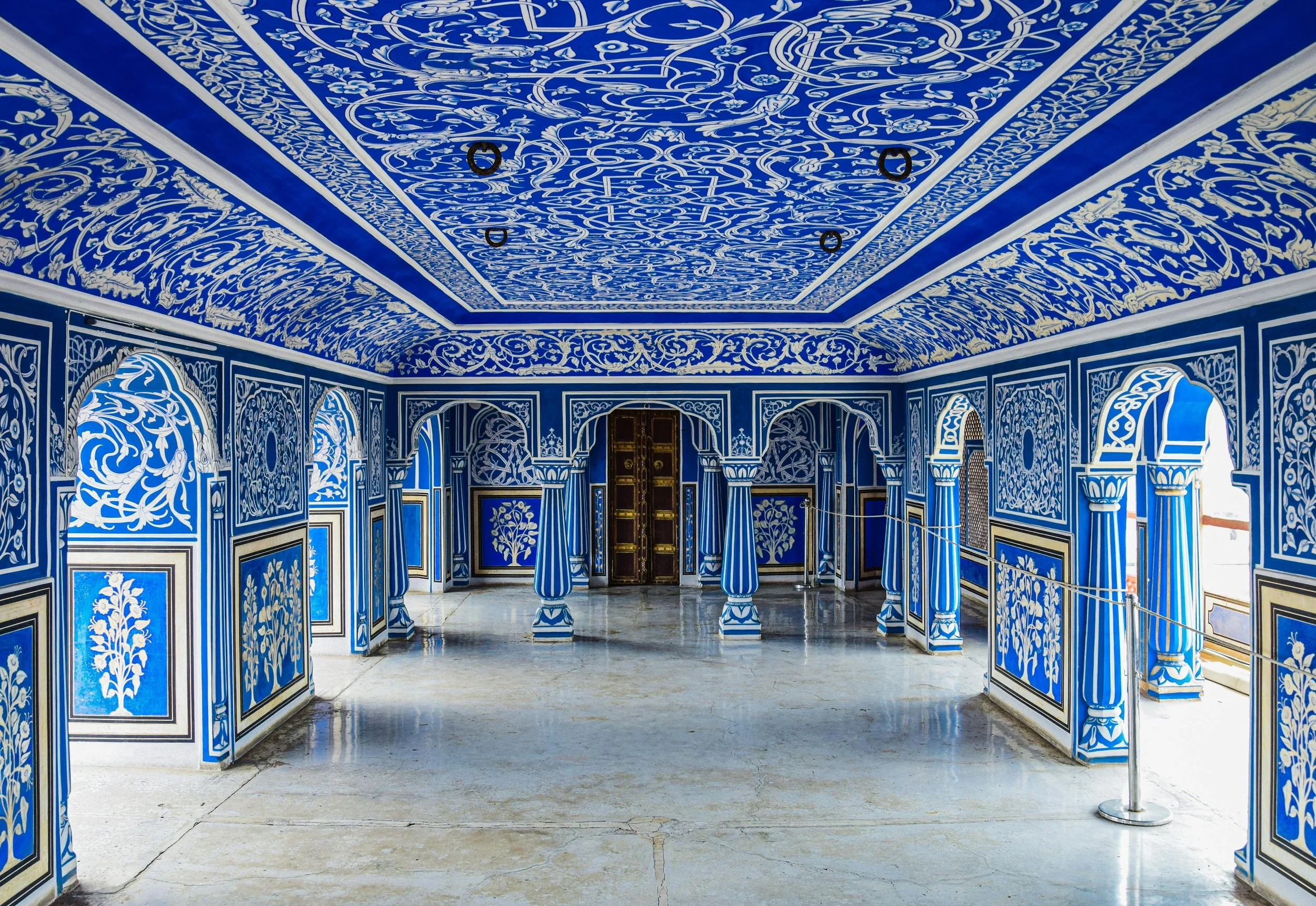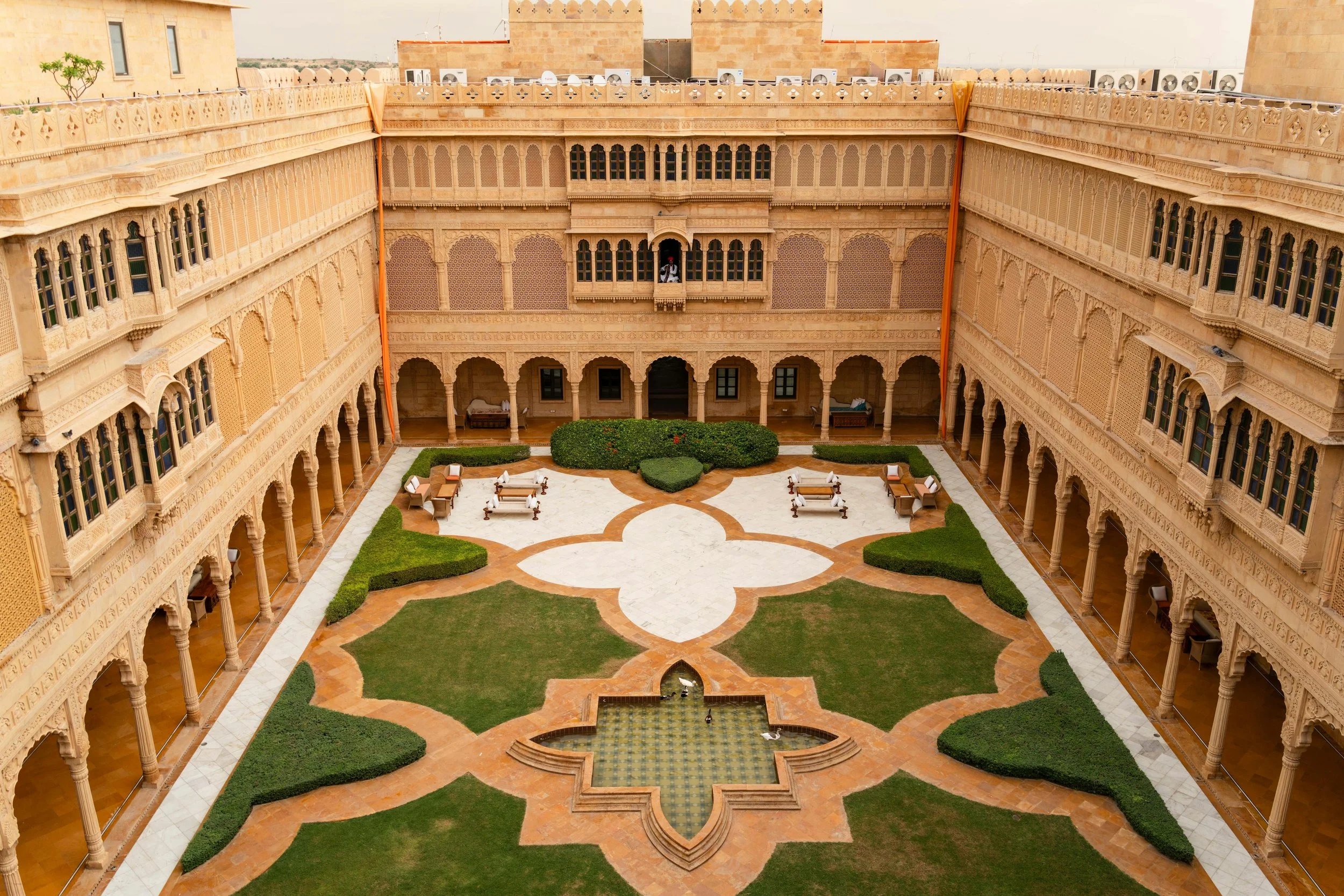
The Wild Collection
safaris & wildlife encounters Venture into India’s untamed heart, where tigers prowl, elephants roam, and leopards slip through the shadows. We curate safaris that combine thrilling encounters with the comfort of exquisite lodges and private guides. It’s wildlife as you’ve never experienced it — raw, exhilarating, yet utterly seamless.
The WildCollection
Ranthambore National Park
Step into the wild heart of Rajasthan at Ranthambore Tiger Reserve, where the elusive Royal Bengal Tiger reigns supreme.
Once the private hunting grounds of Jaipur’s maharajas, today it offers a rare chance to witness these magnificent creatures in their natural kingdom.
Beyond the tigers, the park reveals ancient ruins, dramatic landscapes, and an abundance of wildlife — a place where history, nature, and untamed beauty come together in a way you’ll never forget.
Beyond Tigers
Ranthambore’s magic extends far beyond its tigers. The reserve is home to leopards, sloth bears, hyenas, marsh crocodiles, jackals, and several deer species. For birdwatchers, more than 300 species can be spotted, from eagles to migratory waterfowl. The 10th-century Ranthambore Fort and scattered ruins throughout the park add layers of culture and history, making each visit a rare blend of wild encounters and heritage.
A Sanctuary for Tigers
Ranthambore is one of the best places in India to see the Royal Bengal Tiger in the wild. Twice-daily safaris take guests deep into the reserve, where the chance of spotting these majestic cats is higher than in many other parks. With a growing tiger population, every safari offers the thrilling possibility of witnessing one of nature’s greatest predators up close.
When to Visit
The park is open from October to June, with each season offering something unique. The warm summer months of March to May bring the highest chances of tiger sightings as animals gather around waterholes. Winter is cooler, perfect for photography and exploring the fort. Whatever the season, Ranthambore combines wildlife, history, and scenery into one of India’s most remarkable destinations.
Famous Tiger Stories
Machali (T-16)- The Legend Tigress of Ranthambore
This is the fascinating story of Machali, the tigress who was the Queen of Ranthambore.
Once the pride of Ranthambore, Machli (T-16) alias “Lady of the Lake,” was the royal tigress who passed away on 18th August 2016. Labeled as the most photographed tigress in the world, Machli was not only beautiful but also a powerful entity who had a strong hold over her territory which included the Ranthambhore’s palace, lakes, and forts of Ranthambore.
With domes and chattris as a shelter, and lakes under her control, one can easily figure out Machli’s dominance over Ranthambore. This 350 square mile area of Machli’s territory was the largest area of the park, and also the most beautiful one.
What made Machali T-16 stand out?
Amongst the 62 tigers of Ranthambore, what made Machli so special was her comfort level with the humans, and how she held lensmen (and women) in awe of her grace. She was smart too. At times, she used to take the advantage of the tourist’s vehicles to stalk and hunt. Her genes have spread far and wide across the area; two of her female cubs were transferred to Sariska Tiger Reserve to repopulate it with big cats. Accolades like lifetime awards have lifted her name to a greater extent.
Machli, literal meaning fish – isn’t it a weird name for a tigress? The reason behind her name machli was the fish-shaped mark on the left ear of her face. Also, she inherited this name from her mother.
Since birth, which happened during the monsoon months of 1997, Machli had been a dominating cub. At the age of two, which was the year 1999, this ferocious tigress started hunting on her own, thereby, showing signs of her separating from her mother.
Soon afterward, Machli acquired a part of her mother’s territory, and that’s where she’s spent the majority of her reign. After a few years, she gave birth to three cubs – one female, (Sundari – T-17), and two male (Broken Tail and Slant Ear), by mating with a large male tiger called “Bamboo Ram”.
By the end of December 2001, both the cubs separated from Machali. And then she mated with a male tiger called “Nick Ear”. Bamboo Ram had died of old age when Broken Tail and Slant Ear were still with Machali and Nick ear had taken over his territory.
By April 2002, Machali had given birth to her second litter, the two cubs named Jhumru (male) and Jhumri (female). By the end of 2004, Machali mated with another male tiger known as X-male, and around March 2005, she again gave birth to two cubs, namely, Sharmeele (which means shy in Hindi), and Bahadur (Brave).
Machali: Powerful, dominating & ferocious
Despite being a female tigress, she always had a dominating nature and a powerful personality that at times used to overpower even the male tigers. She had always been protective about her kids.
Her ferocity was something that she was born with, and one can see that from the series of incidents that have been documented about her. One of these tales was her fight with the 14-foot long crocodile that even created history. It has been described as a historic encounter by the spectators.
Machli was also famous for being the most photographed tigress. Over the years, she had been the subject of many documentaries, short films, journals, books, and research papers on wildlife. In fact, many books based on Machli and Ranthambore National Park have received a TOFT Lifetime Achievement Award for her contribution to conservation and the wider Rajasthan economy.
Death of Machali, the Queen of Ranthambore
However, around five years ago, age started taking a toll on Machli and she started losing territory gradually. She even lost her teeth too by the time of her death. She was cremated according to the National Tiger Conservation Authority Protocols (NTCA). The legend of Machali will continue to live on.
Interesting facts about Tigress Machali
Tigress Queen of Ranthambore’, ‘Lady of the Lakes’ and ‘Crocodile Killer’: are some of the titles she received during her life.
Between 1998 and 2009, the extraordinary popularity of Machli helped the Indian government earn nearly US$100 million.
She won the “Lifetime Achievement Award” due to her contribution to conservation and tourist attraction.
Indian Government issued a commemorative postal cover and stamp to honor Machli for her ecological and economical contributions.
Machli passed away at the age of 20, which made her the world’s oldest-surviving tigress in the wild. This age is higher than the average lifespan (10 to 15 years) of tigers in the wild.
A film on Machali, “The World;s Most Famous Tiger”, won the National Award at the 66th National Film Awards.
Nestled in central India’s forests, Bandhavgarh National Park is celebrated for the highest tiger density in the country—making sightings more likely than almost anywhere else.
Once the hunting grounds of the kings of Rewa, its mix of lush wilderness, historic Bandhavgarh Fort, and thriving wildlife gives travelers a rare opportunity to walk in the footsteps of royalty—surrounded by nature, tigers, and time.
Bandhavgarh National Park
The Safari Experience
Safaris here are not just drives; they are carefully choreographed encounters with nature. Core zones offer some of the most dramatic tiger sightings in India, while the buffer zones allow for quieter, more intimate moments with the forest.
Guided by expert naturalists, each safari reveals another layer of Bandhavgarh — untamed, unpredictable, and utterly unforgettable.
A Symphony Beyond Tigers
While the Royal Bengal Tiger is the star, Bandhavgarh is a living theatre of wildlife. Leopards slink through shadows, sloth bears amble across clearings, and herds of deer graze in golden light.
Over 300 species of birds — from vibrant parakeets to majestic eagles — add their song to the experience. Every safari drive feels like a new scene in a story written by the wild.
The Best Time to Feel the Wild
Bandhavgarh changes its colors with the seasons — each one offering its own kind of magic. From October to February, the air is crisp, mornings are misty, and the park feels alive with birdsong.
By March to June, the heat draws tigers to shimmering waterholes, making sightings more likely than anywhere else. Whichever season you choose, the park never fails to astonish.
More is coming…

Ready to Experience the Extraordinary?

Be Our Guest
In India
When you visit India with us, you’re not a tourist — you’re our guest. And in India, a guest is treated like a god. No need to worry about itineraries or logistics. Just trust us, follow our lead, and we’ll take care of everything.
✧ Your Invitation
It begins with a conversation. We ask what excites you, how you love to travel, and what comforts matter most. That’s all we need — the rest is in our hands.
✧ The Journey Prepared
Behind the scenes, we curate everything: where you’ll stay, what you’ll experience, and who you’ll meet. No printed itinerary, no stress — just the confidence that every detail is designed for you.
✧ Hosts by Your Side
From the moment you arrive, we are your hosts in India. You’ll have 24/7 access to us, and if you wish, even our company on the journey. Think of us as your home in India — always there to guide, protect, and delight you.
✧ India, Done Right
You don’t need to plan, negotiate, or worry. We open the doors, smooth the way, and bring India alive in ways that feel effortless. All you do is show up, live the moments, and let India surprise you.
Because the best journeys aren’t read from an itinerary — they’re lived.
experience the extraordinary
We’ll Design Your Experience In India The Way You Never Imagined.
once in a lifetime memoriesnew on the journal
Life is Meant to be Celebrated
Imagine waking up in a palace that feels like it belongs only to you. Sharing champagne under desert stars. Watching a tiger slip through the jungle at dawn. Practicing yoga as the sun rises over the Himalayas. Dining where maharajas once celebrated.
This isn’t just another trip.
It’s the journey that makes you feel alive, connected, and inspired in a way nothing else has.
Your dream is waiting. Let’s make it real.
And there’s no place to celebrate it like India.